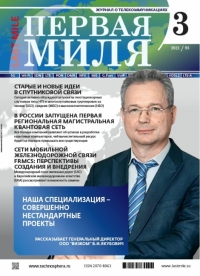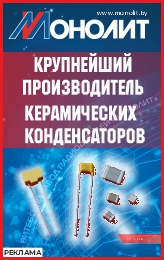DIAGRAM DEVELOPMENT MODELS IN ULTRA-DENSE NETWORKS OF 5G RADIO ACCESS. PART 1. EVALUATION OF INTERFERENCE
It is known that closely spaced transceivers of ultra-dense radio access networks of the fifth and subsequent generations are characterized by an unacceptably high level of intra-system interference, which in the networks of previous generations with time-frequency division of channels was compensated by frequency-territorial planning. The present study evaluates the compensation of intersystem interference of devices operating in a common radio channel with beamforming, by means of mathematical and simulation modeling using cluster models, reducing the size of which we can reproduce the effect of devices densification in the radio access network of the fifth and subsequent generations. The simulation results confirm the possibility of interference suppression up to 15 dB when narrowing the width of the antenna radiation patterns of devices from 360° to 5°.

 rus
rus


